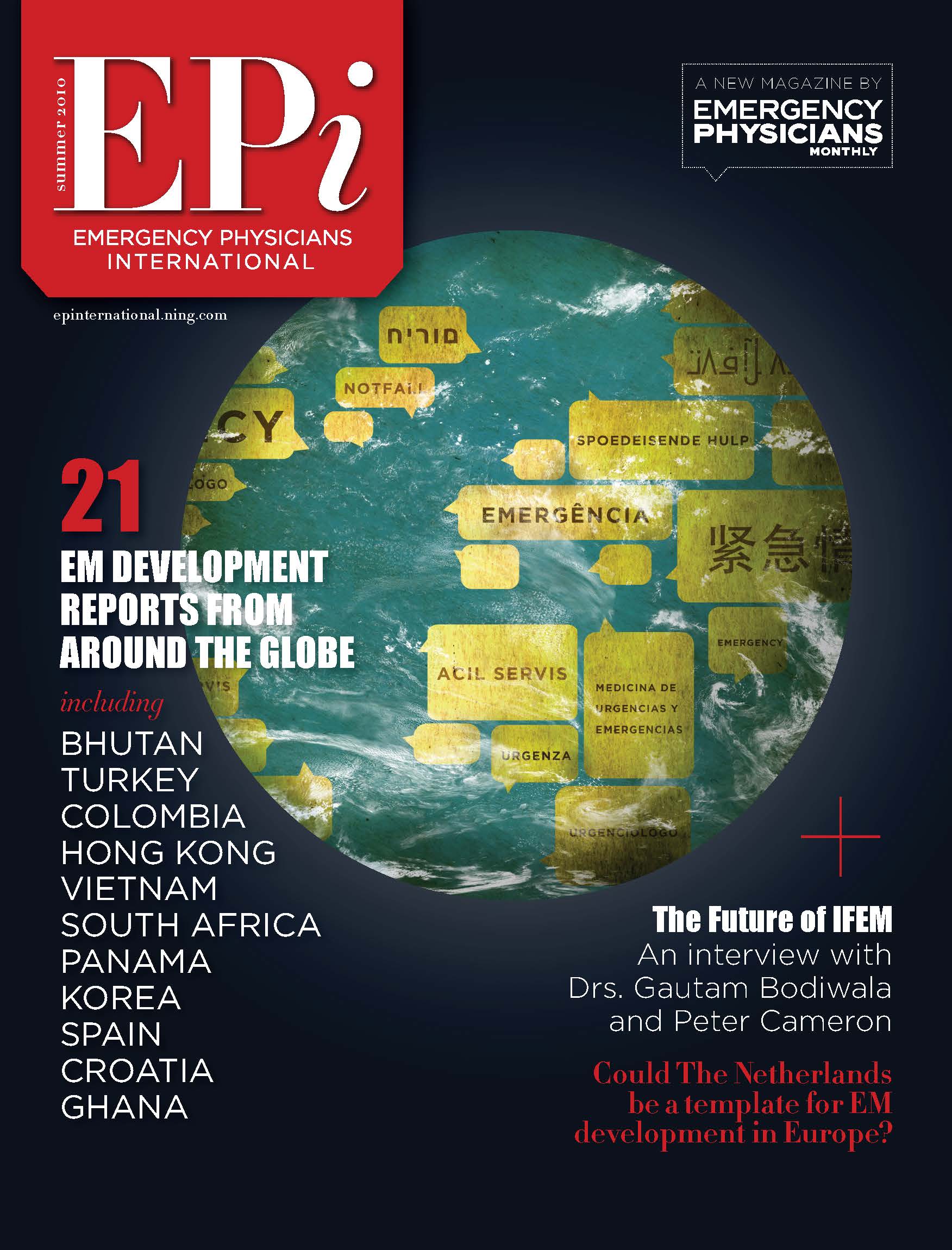Singapore General Develops AI-Based Tool for Predicting Major Adverse Cardiac Events in Chest Pain Patients
Chest pain accounts for numerous visits in the emergency department (ED), which could be a minor issue, but is sometimes life threatening. The potential risk for major adverse cardiac events (MACE) in ED chest pain patients has led to the development of various risk stratification tools [1][2], among which the most popular ones are the Thrombolysis in Myocardial Infarction (TIMI), and Global Registry of Acute Coronary Events (GRACE), and History, ECG, Age, Risk factors, and initial Troponin (HEART) scores. Calculation of these clinical scores usually requires laboratory results that need a few hours of waiting to obtain. Furthermore, patients with non-diagnostic initial electrocardiograms (ECG) are often put through a prolonged period of evaluation (8 hours or more), with serial ECGs and blood tests required. This may be a constraint to the busy ED where manpower and resources are limited.
Fig. 1
For centuries in traditional Chinese medicine, patterns of heart rate variation have been used for disease diagnosis as shown in Fig.1. In western medicine, the patterns of beat-to-beat variations have been quantified as several parameters derived from mathematical equations and are called heart rate variability (HRV) [3]. HRV is controlled by the autonomic nervous system, and is believed to be associated with multiple human diseases and medical conditions. For example, HRV has been found to be a predictor of clinical outcomes in pre-hospital ambulance patients [4] and in emergency department chest pain patients [5][6].
Leveraging HRV and artificial intelligence (AI), a novel risk stratification algorithm was developed [7] at Singapore General Hospital (SGH), based on a portable tool called aiTriage (as shown in Fig. 2, top). It is designed for rapid, accurate, and objective stratification of ED chest pain patients by assessing the risk of 30-day MACE. With minimum training, aiTriage allows clinicians to possibly identify chest pain patients who are at high risk of MACE and require priority for investigation and management. For low risk patients, unnecessary laboratory tests could be avoided and a shorter diagnostic workup might be required, which in turn could reduce ED overcrowding and save hospital resources.
The HRV and AI-based aiTriage system is suitable for large-scale deployment across healthcare facilities. We are currently conducting clinical trials at SGH and preparing a large multi-site trial across Singapore and other countries in Asia. This technology has the potential to distinguish between those who require urgent treatment of serious problems and those who do not have life-threatening conditions in a cost effective manner. This intelligent system also offers potential for ambulatory monitoring and risk assessment beyond the ED setting, including pre-hospital care, Intensive Care Units, hospital wards and home-based monitoring.
References
[1] Backus BE, Six AJ, Kelder JH, Gibler WB, Moll FL, Doevendans PA. Risk scores for patients with chest pain: Evaluation in the emergency department. Curr Cardiol Rev 2011;7:2–8.
[2] Liu N, Ng JCJ, Ting CE, Sakamoto JT, Ho AFW, Koh ZX, et al. Clinical scores for risk stratification of chest pain patients in the emergency department: an updated systematic review. J Emerg Crit Care Med 2018;2:1–16.
[3] Task Force of the European Society of Cardiology and the North American Society of Pacing and Electrophysiology. Heart rate variability: standards of measurement, physiological interpretation and clinical use. Circulation 1996;93:1043–1065.
[4] Ong MEH, Padmanabhan P, Chan YH, Lin Z, Overton J, Ward KR, et al. An observational, prospective study exploring the use of heart rate variability as a predictor of clinical outcomes in pre-hospital ambulance patients. Resuscitation 2008;78:289–97.
[5] Ong MEH, Ng CHL, Goh K, Liu N, Koh ZX, Shahidah N, et al. Prediction of cardiac arrest in critically ill patients presenting to the emergency department using a machine learning score incorporating heart rate variability compared with the modified early warning score. Crit Care 2012;16.
[6] Ong MEH, Goh K, Fook-Chong S, Haaland B, Wai KL, Koh ZX, et al. Heart rate variability risk score for prediction of acute cardiac complications in ED patients with chest pain. Am J Emerg Med Elsevier Inc.2013;31:1201–7.
[7] Liu N, Koh ZX, Chua ECP, Tan LML, Lin Z, Mirza B, et al. Risk scoring for prediction of acute cardiac complications from imbalanced clinical data. IEEE J Biomed Heal Informatics 2014;18:1894–902.








